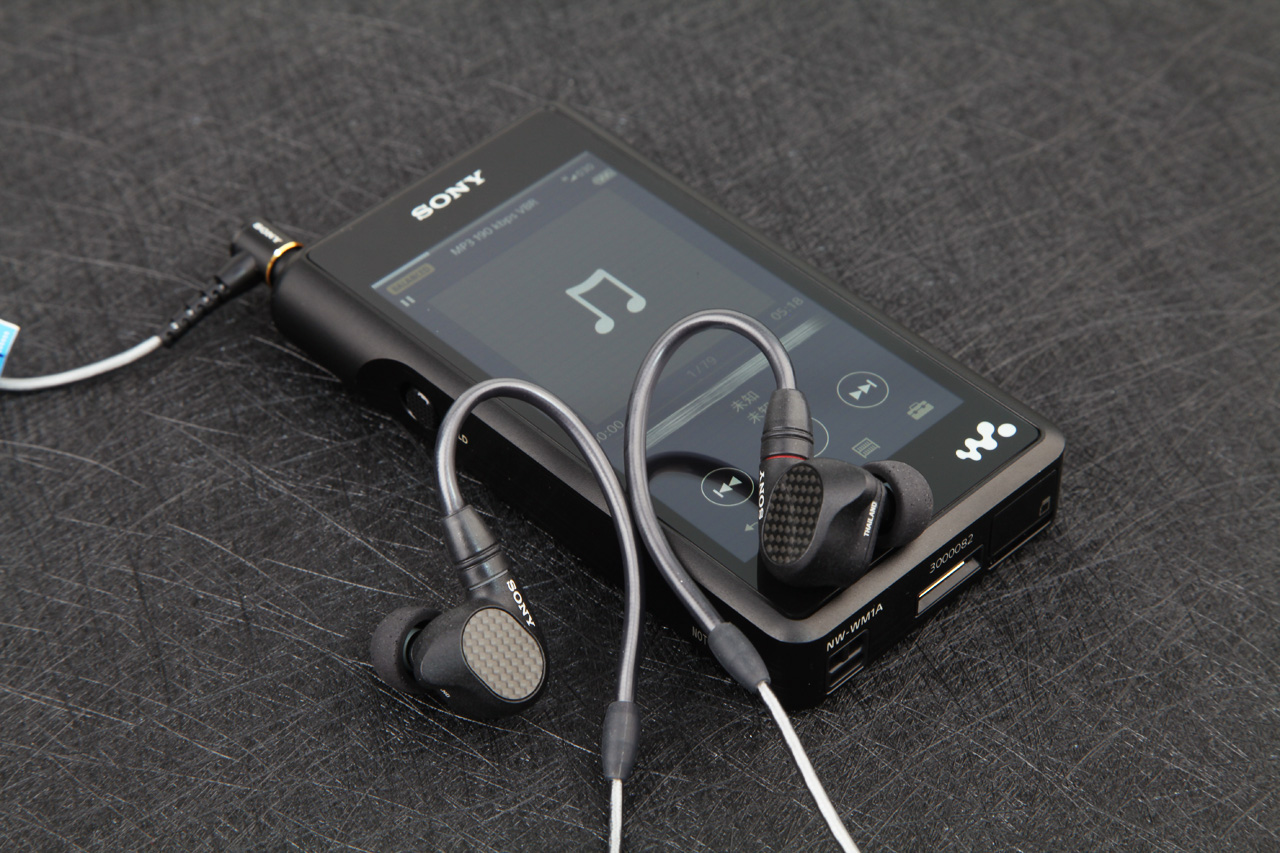
Sony IER-M9 In-Ear Monitors: An Expert Review
The Sony IER-M9 has garnered significant attention within the high-end in-ear monitor (IEM) market, frequently cited as a "kilobuck benchmark" . Sony, a brand with a long-standing reputation for quality audio products and trusted within the audiophile community , has positioned the IER-M9 as a premium offering. This review aims to provide a comprehensive analysis of the IER-M9 for both potential buyers and audio enthusiasts seeking a detailed understanding of its capabilities. At its core, the IER-M9 utilizes a multi-balanced armature (BA) driver configuration , a design choice that warrants closer examination in terms of its sonic characteristics and overall performance.
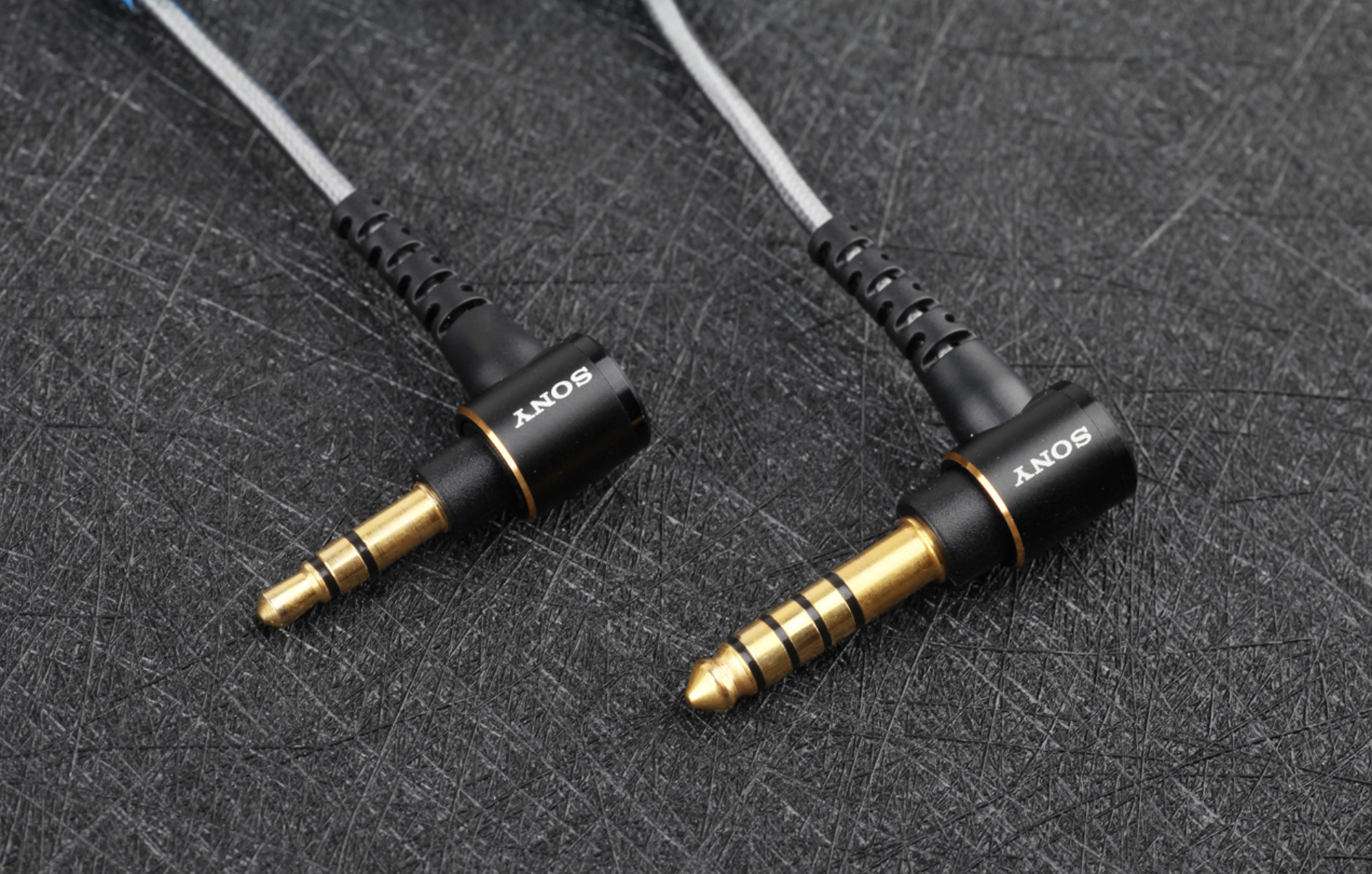
The design and build quality of the Sony IER-M9 reflect its status as a high-end IEM. The housing is constructed from a magnesium alloy , a material known for its strength and lightweight properties, contributing to both the perceived reliability and a premium feel. Adding a touch of visual appeal is a carbon fiber faceplate , lending a sleek and modern aesthetic. The use of these materials suggests a deliberate focus on creating a product that not only performs well but also feels substantial and luxurious. Furthermore, the magnesium alloy housing features a skin-friendly coating , ensuring comfort during extended listening sessions by eliminating any potential metallic sensation against the skin. The earpieces themselves are designed to be light, scratch-resistant, and durable , further reinforcing the commitment to longevity. Compared to its sibling, the IER-M7, the IER-M9 utilizes an outer magnesium housing, potentially offering enhanced durability for users who may subject their gear to more demanding conditions.
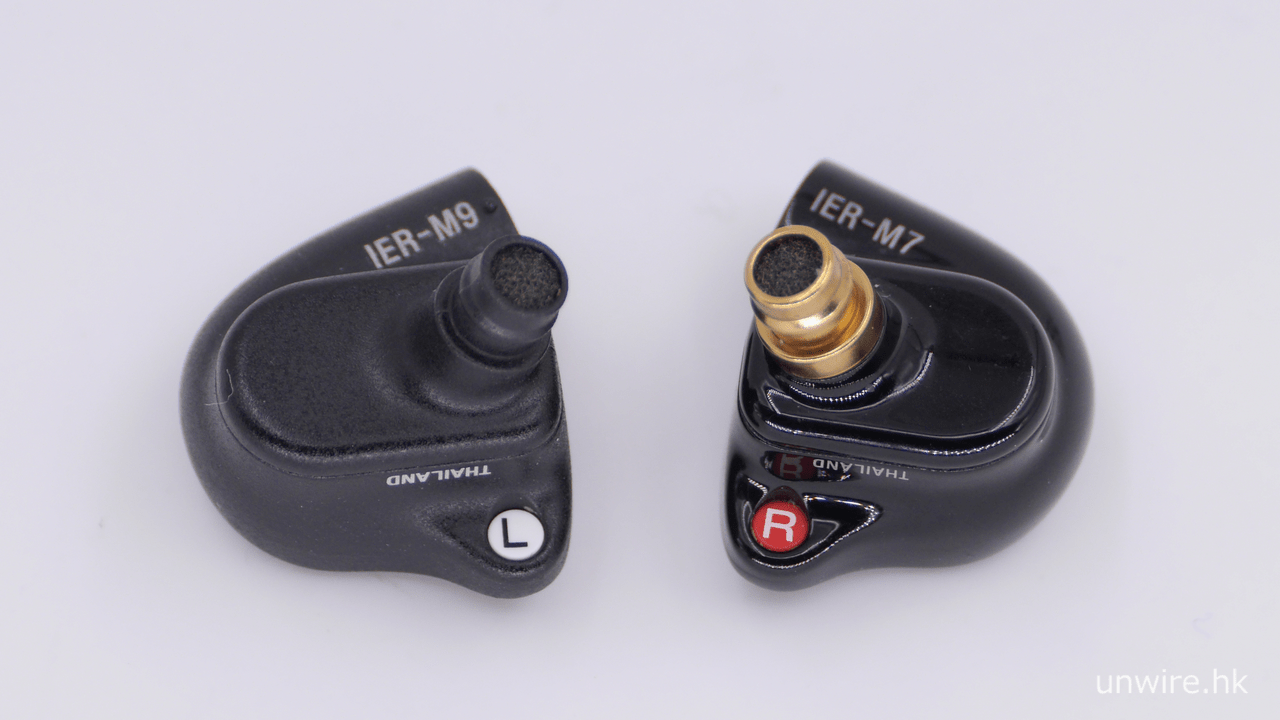
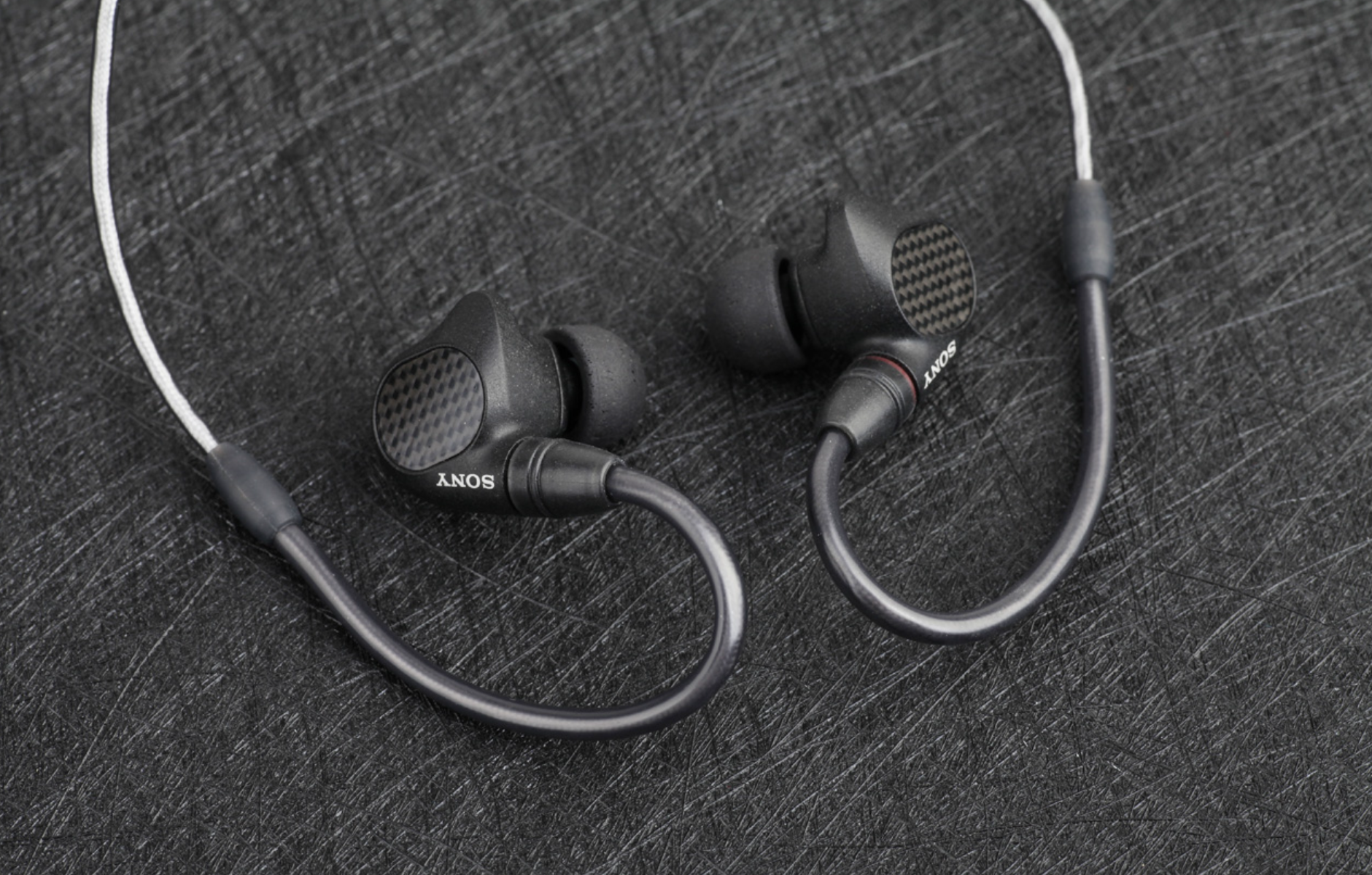
The nozzle design of the IER-M9 is noteworthy for its thinner profile and moderate length . Internally, the nozzle incorporates foam padding , which serves a dual function as both a tuning filter, influencing the sound signature, and as a means of absorbing humidity, potentially contributing to the IEM's long-term reliability by protecting the internal components from moisture damage. Complementing the IEM itself are the included cables, which are of excellent quality . Sony provides two separate high-quality cables, both constructed from silver-plated oxygen-free copper (OFC) with silk-weaved insulation . One cable is terminated with a standard 3.5mm single-ended connector, while the other utilizes a balanced 4.4mm connector . This thoughtful inclusion caters to users with different audio setups and preferences, particularly those utilizing balanced audio outputs for potentially improved sound quality. Notably, these cables exhibit very little microphonics, a characteristic that is particularly beneficial for stage use where movement can often lead to unwanted cable noise . In terms of accessories, the IER-M9 comes with a generous selection, including six pairs of Triple Comfort eartips, seven pairs of Hybrid eartips, a protective hard case, both stock cables, a cable strap for organized storage, and essential paperwork . This comprehensive package ensures users have a variety of options for achieving the best possible fit and a convenient way to transport and maintain their IEMs.
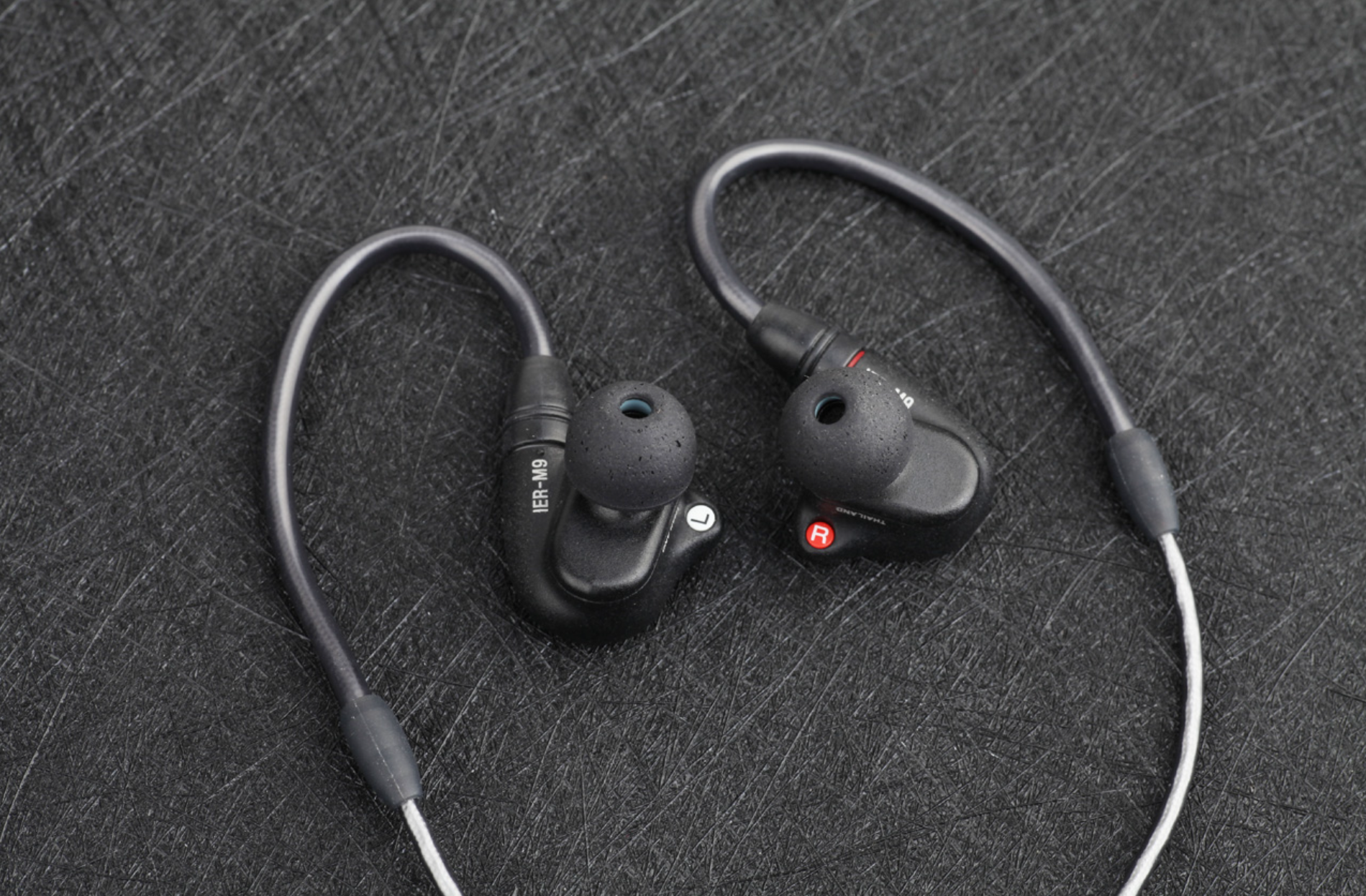

Achieving the optimal fit with the IER-M9 often hinges on selecting the right ear tips . Sony includes a variety of both their proprietary Triple Comfort and Hybrid Silicon ear tips , providing users with ample options to experiment with. Some users have also found success with aftermarket tips such as SpinFit and JVC Spiral Dots, although these can sometimes affect the sound signature in different ways . Furthermore, the insertion technique can play a crucial role in both comfort and sound quality. One user shared a specific method involving gently pulling the top of the ear up and back while inserting the IEM deeply . It's also worth noting that over-insertion might inadvertently reduce the soundstage , highlighting the importance of finding the right balance. Interestingly, the IER-M9 does not feature any vents , yet it reportedly does not cause significant canal pressure for most users. This suggests a carefully engineered internal volume and potentially the role of the foam in the nozzle in mitigating pressure buildup.
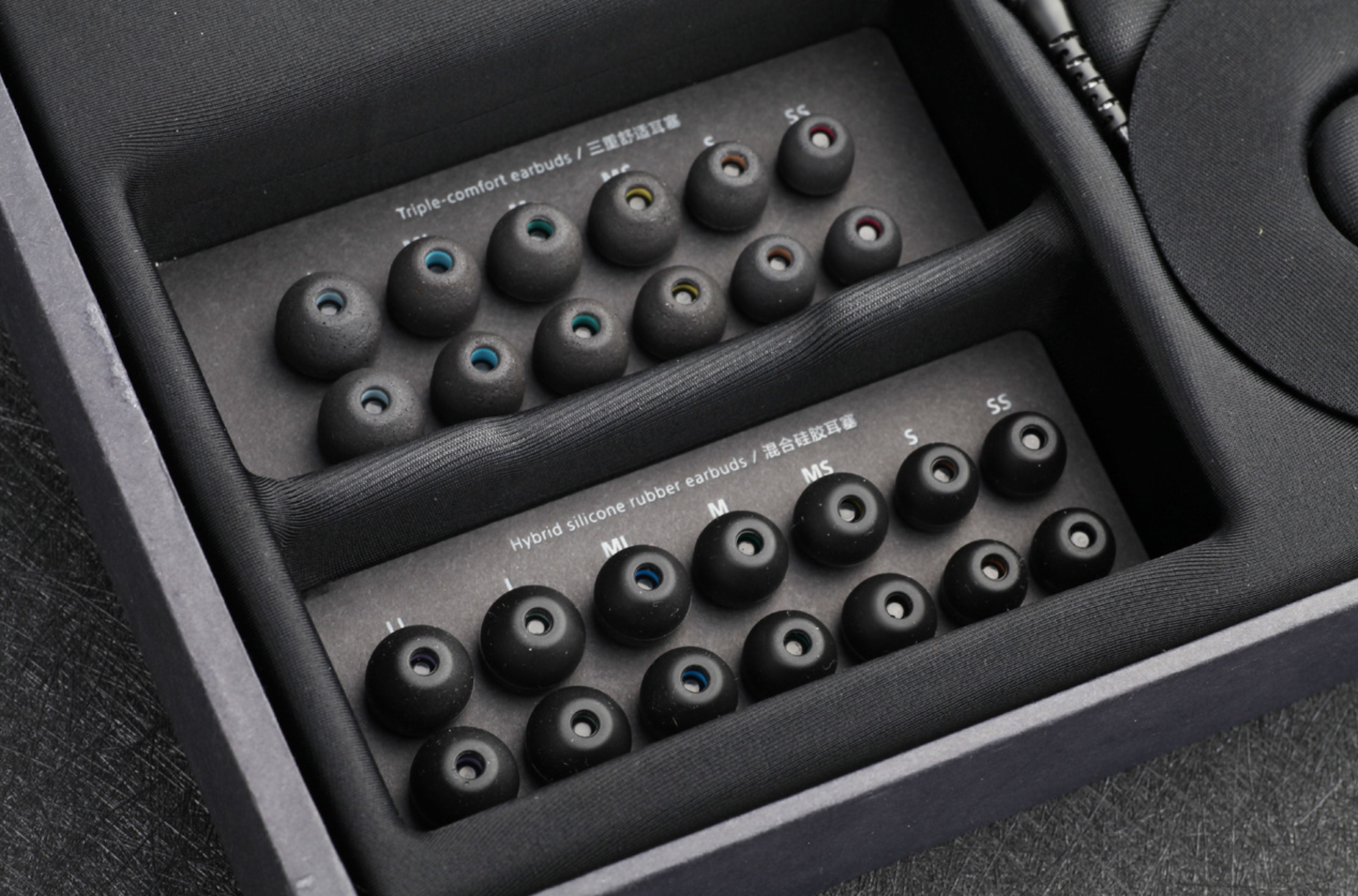

The bass performance of the IER-M9 is particularly interesting given its balanced armature driver configuration. It offers a decent amount of both ultra-low and mid-low frequencies , with a reproduction that is often characterized as stable, moist, and non-metallic . The bass has a neutral thickness, delivering a fast punch with a clear decay . For a monitoring IEM, the bass is considered accurate and rich without being overly dominant , with some sources suggesting a boost of around 30% from flat . Many users are impressed by the thickness and texture of the bass, noting its extension into the sub-bass region, sometimes even exhibiting characteristics reminiscent of a dynamic driver . There is a slight emphasis on midbass compared to subbass , which might lead some listeners to desire a bit more deep sub-bass rumble . Compared to dynamic driver IEMs, the BA bass in the IER-M9 might lack the same level of physicality and the air-moving sensation . However, it is often described as hard-hitting and capable of satisfying bass enthusiasts . In comparison to the Sony IER-Z1R, the IER-M9's bass is sometimes characterized as sluggish, lacking the sub-bass extension and speed found in the Z1R's dynamic driver.
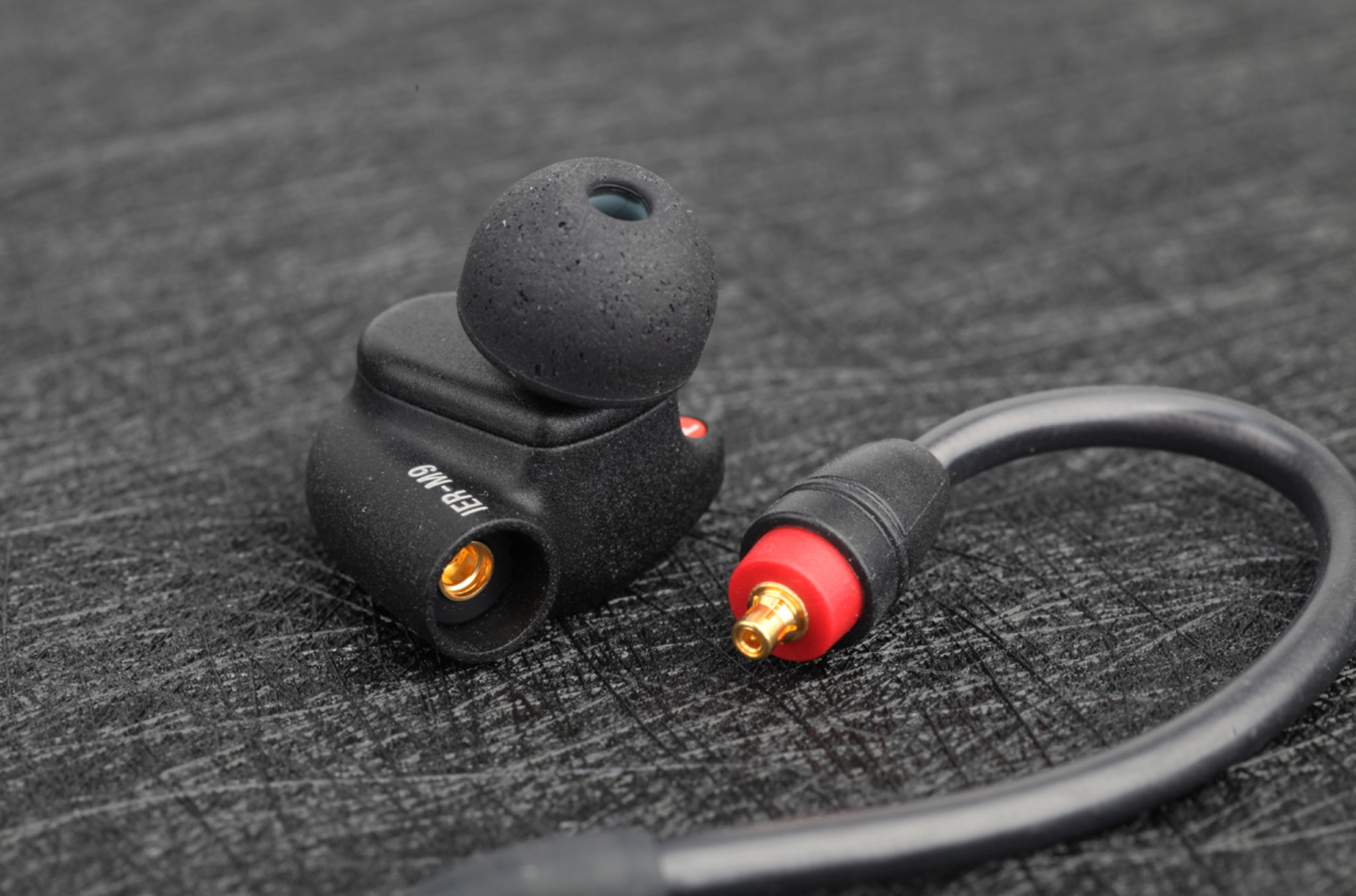
The midrange presentation of the IER-M9 is widely regarded as a significant strength. It offers a neutral tonality, sitting slightly forward in the mix compared to the lows and highs . The five drivers appear to work in seamless harmony, delivering consistent and wholesome vocals without any noticeable phase distortions, while still managing to create a subtle 3D effect that mimics a live stage environment . Vocals are described as having a neutral thickness, making the IER-M9 equally suitable for both male and female vocalists . Many users find the midrange to be sweet and natural, with an effortless warmth that lends a romantic quality to voices . The midrange has a thick and balanced character with a substantial note weight, making male vocals particularly appealing . Indeed, the IER-M9's midrange is often cited as one of the best available in IEMs under $1000 . Compared to brighter IEMs, the IER-M9's midrange can sound more realistic and darker , with a detailed and crisp presentation that possesses great body and weight . However, it can also feel flatter with less emphasis on the upper mids when compared to the IER-M7 , and some listeners accustomed to a Harman or diffuse-field neutral tuning might find it lacking in ear gain elevation . In contrast to the IER-Z1R, the IER-M9's midrange is considered smoother and more coherent, although the Z1R's mids are sometimes perceived as recessed with a noticeable BA timbre.

The treble characteristics of the IER-M9 are generally described as gentle, with a slightly lower quantity compared to the lows and mids, yet still providing a high level of resolution . The higher frequencies exhibit vivid splashes and airiness , with an organic, lush texture and smooth edges that make it enjoyable for a wide range of listeners . The treble extends well up to 40kHz while remaining easy on the ears with sufficient presence . There is a slight dip in the lower treble, similar to the 64 Audio tia Trió, but the IER-M9's treble is more linear in the higher frequencies . Compared to some competitors with smoother treble, the IER-M9's treble can be perceived as more aggressive, with cymbals having a more impactful hit . The treble extension and airiness are often emphasized . While generally well-extended, the treble can be perceived as somewhat darkened due to the overall warm tilt of the sound signature . Some users have also noted that the treble can sound slightly hot, particularly when equalization is applied.
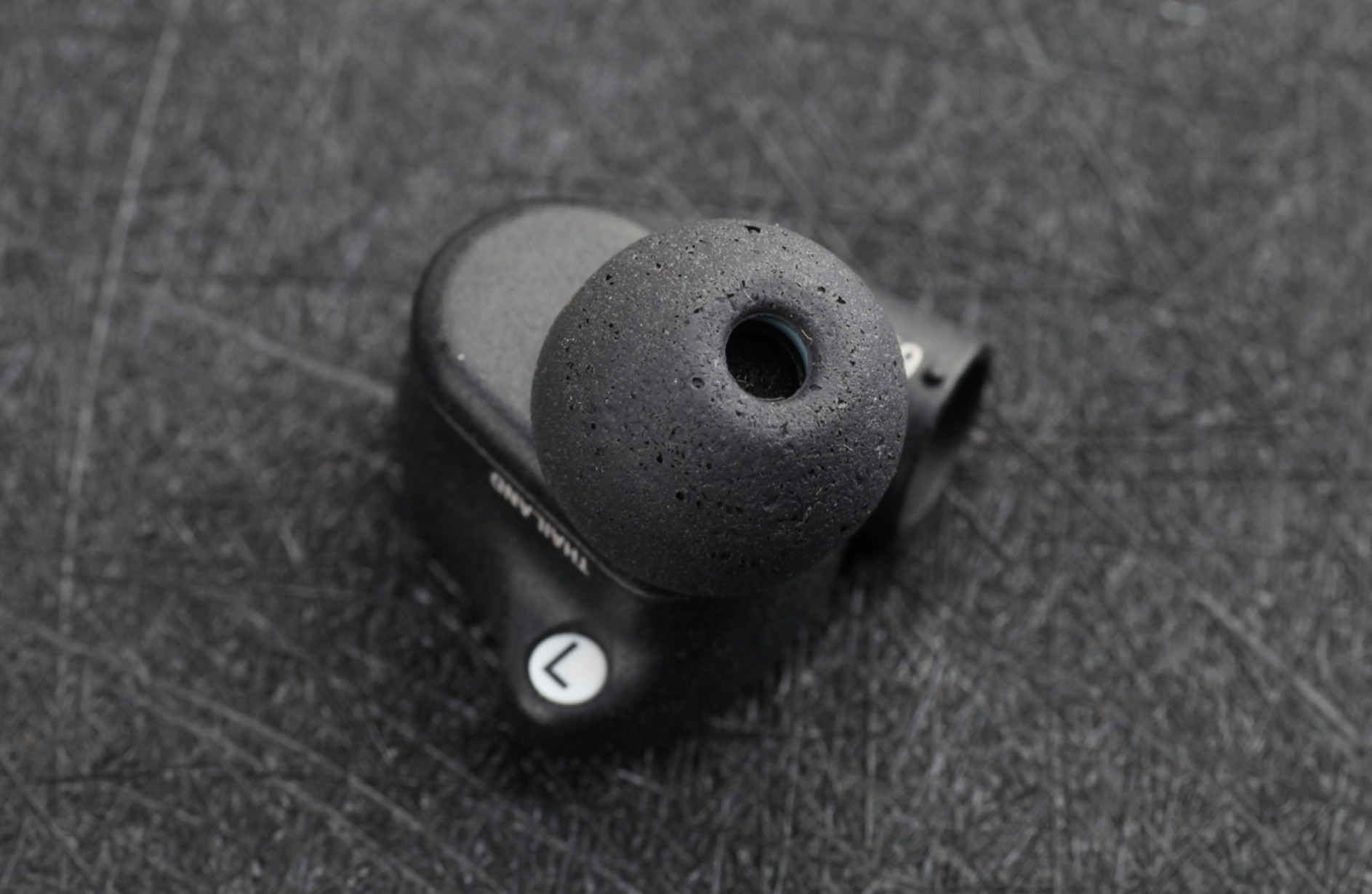
The soundstage and imaging capabilities of the IER-M9 are frequently highlighted as standout features. The staging is described as being on the larger side, expanding nicely along the x, y, and z axes . While not possessing the absolute largest headroom, it is often mentioned alongside the 64 Audio Tia Fourté as having one of the best stagings in terms of accuracy and its ability to emulate a live stage setting . The IER-M9 is particularly praised for its "holographic" imaging, creating a sense of space around the listener with accurate positional cues . Instruments are clearly placed within the soundscape, often described as wrapping around the listener's head to create a truly immersive, holographic image . While some sources suggest that the sheer diffuseness of the image might be average and the soundstage only fairly well-distributed , others describe the soundstage as very wide, especially in the left-right dimension, with good depth . The imaging is often described as magical, with an exceptional ability to pinpoint the origin of individual sonic elements . Compared to the Sony IER-Z1R, the IER-M9 offers more precise imaging, although the Z1R boasts a significantly wider soundstage . When compared to the IER-M7, both offer similar soundstage depth, but the IER-M9 provides richer and more separated sound for distant instruments . Against the Thieaudio Monarch Mk2, the IER-M9 is preferred for its more airy imaging and soundstage, with a slightly wider and deeper presentation . It's worth noting that the choice of ear tips can influence the perceived soundstage, with some tips potentially narrowing the spatial presentation.
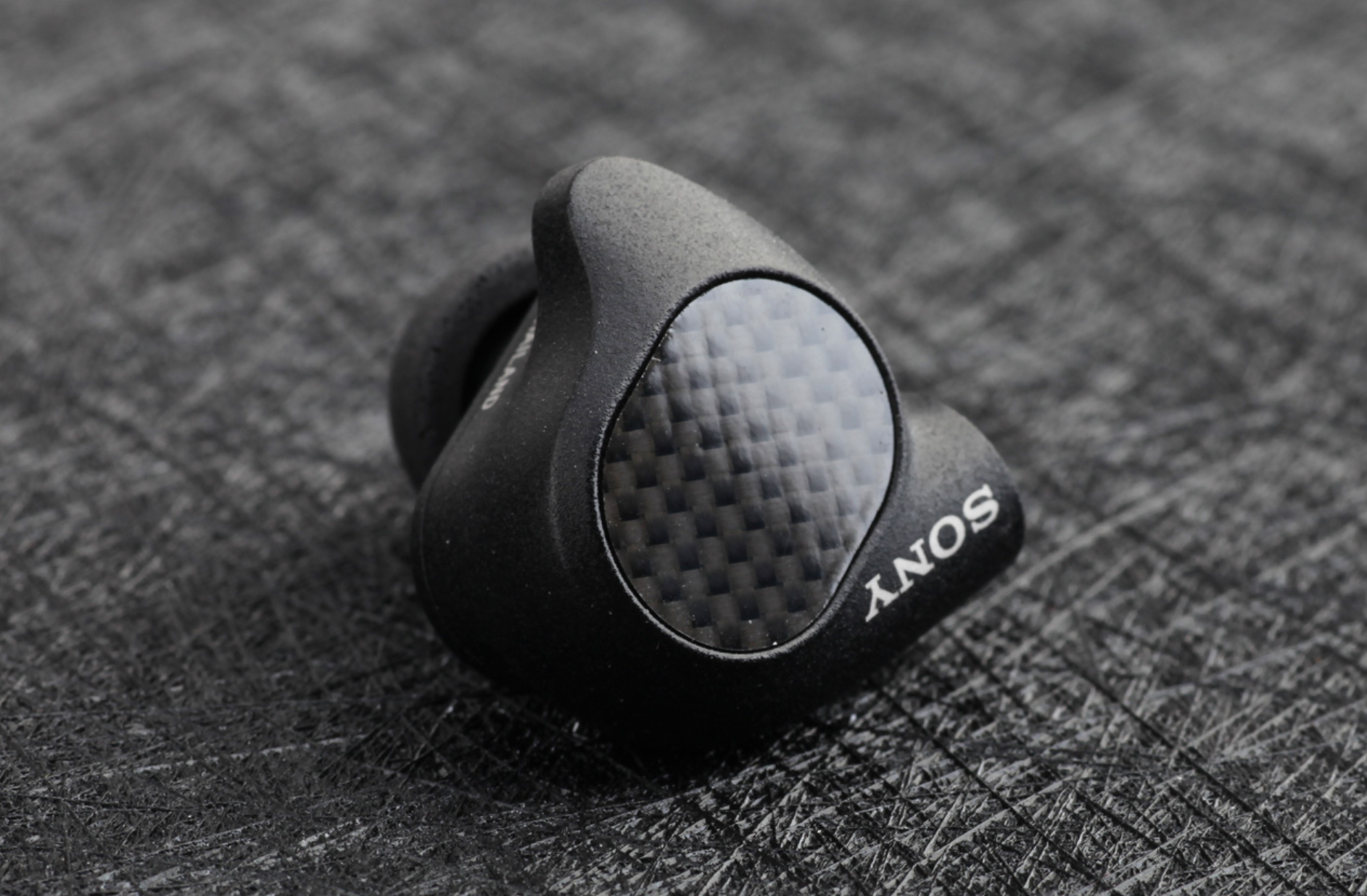
The overall timbre and coherency of the IER-M9 are generally well-regarded. Despite its warm leaning, it exhibits good timbre and coherency , presenting a sound that many feel is true to the source material . Compared to the Sony IER-Z1R, the IER-M9 is smoother and more coherent . However, it might lack the pure naturalness of the Thieaudio Monarch Mk2's timbre in the midrange . While Sony has implemented technologies to mitigate the typical "plastickiness," grain, and transient edginess often associated with balanced armature IEMs , some of these characteristics might still be subtly present. The warmish sound signature can also lead to a slight blunting of transients, resulting in a less incisive attack and overall dynamic punch . Some users feel that the IER-M9 ultimately does not entirely escape all the less desirable aspects of BA IEMs . One user described the driver as having a somewhat "hot edgy sound" that is balanced by the stock tuning.
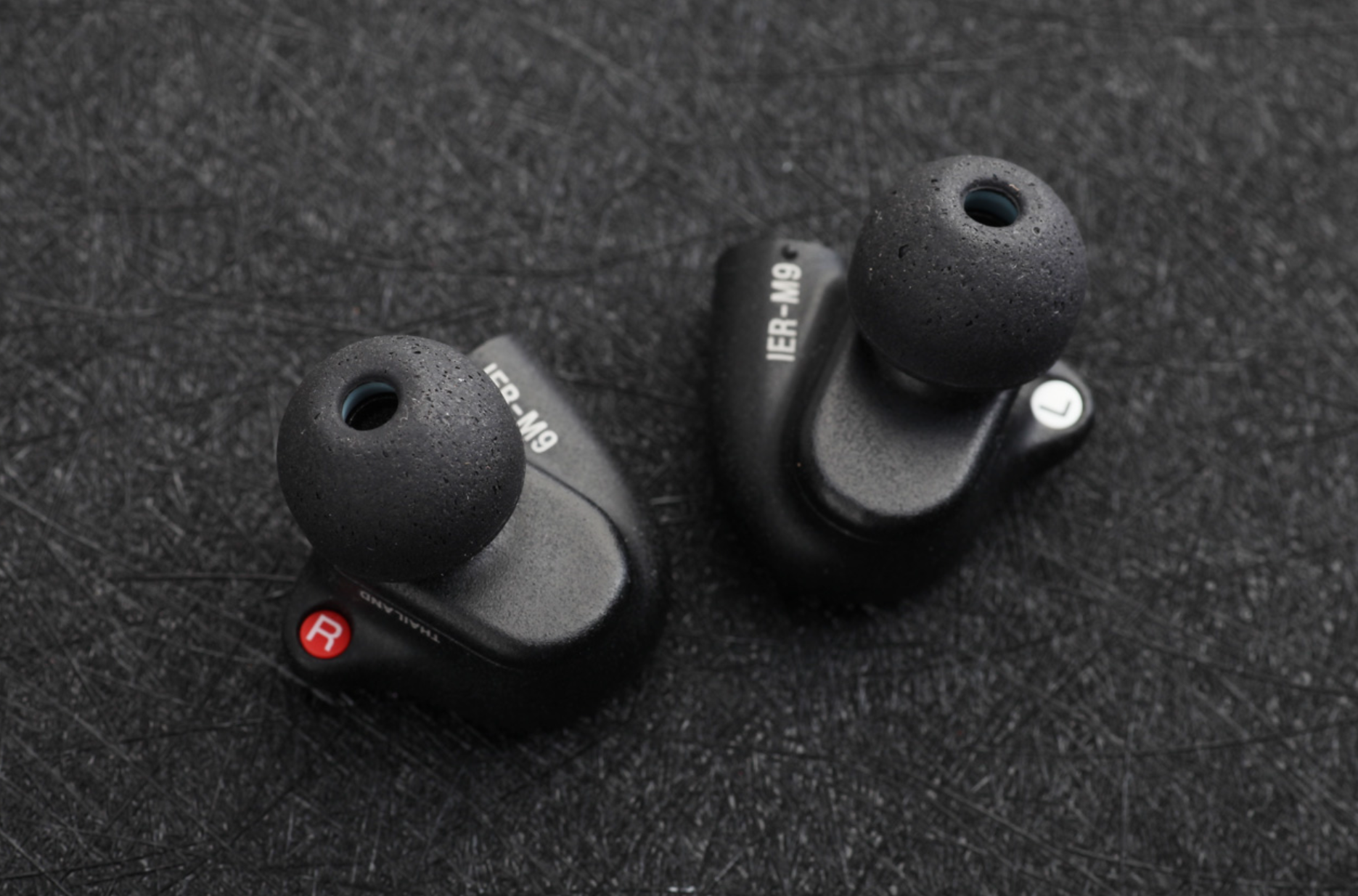
Delving into the technical aspects, the Sony IER-M9 utilizes a five balanced armature driver configuration in each earpiece, consisting of one driver dedicated to low frequencies, two for the midrange, and two for the high frequencies . Sony has employed custom-built drivers and soldering materials for the internal crossovers , indicating a meticulous approach to component selection. Notably, the IER-M9 uses film capacitors instead of ceramic capacitors in its circuitry, which Sony claims results in a significant 90% reduction in distortion . Furthermore, the metal structure within the BA drivers features a T-shape design, rather than the conventional U-shape, to further minimize distortion . The two high-frequency BA tweeters incorporate an additional metal alloy diaphragm and utilize SPC (silver-plated copper) wires for their inner coil, highlighting the advanced engineering of the treble drivers . The entire assembly of BA drivers is encased in a magnesium alloy structure with gold-plated sound tubes, a design intended to prevent unwanted distorting vibrations . The IER-M9 boasts a wide frequency range of 5 to 40,000 Hz . Its sensitivity and impedance are similar to those of the IER-M7, suggesting that it requires slightly more power to drive effectively compared to some standard IEMs . However, many users report that the IER-M9 scales remarkably well with improvements in the audio source, indicating that pairing it with higher-quality equipment can unlock its full sonic potential.
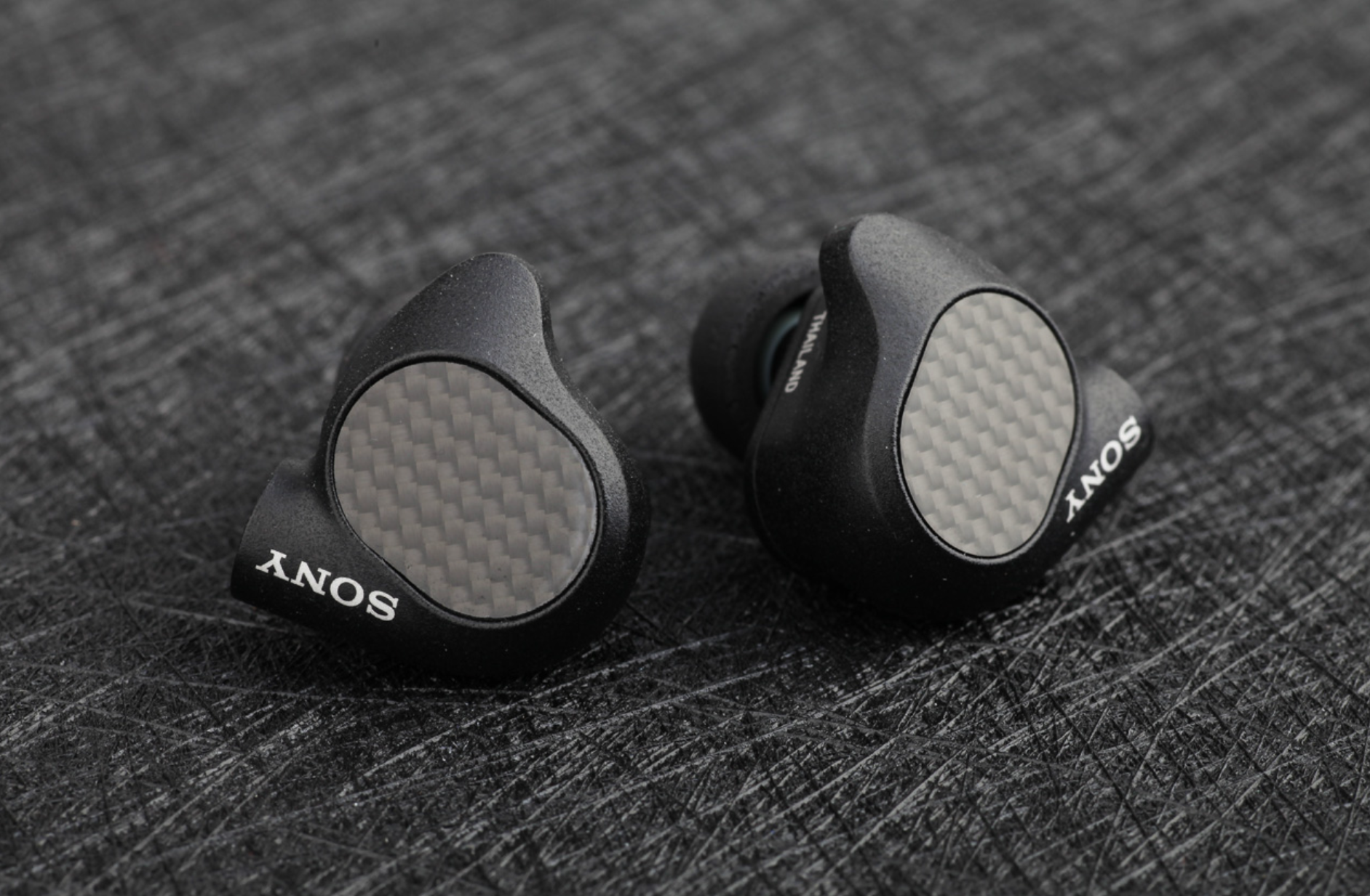
User experiences with the Sony IER-M9 are overwhelmingly positive, with many considering it an outstanding all-rounder and a staple in their IEM collection . Some users even regard it as an "endgame" IEM, suggesting a high level of satisfaction and a lack of desire to upgrade further . When compared to the Sony IER-M7, the IER-M9 is generally perceived as offering a more neutral balance, enhanced clarity, greater speed, more detail in the highs and lower mids, and improved richness and separation for distant instruments . The IER-M7, on the other hand, is considered more dynamic with vocals sitting more forward and offering a bit more emphasis in the low end . While the IER-M9 offers superior technicalities, some feel the IER-M7 represents a better value proposition as the performance difference is not perceived as a "gigantic jump" . Against the Sony IER-Z1R, the IER-M9 is favored for its smoother and more coherent sound, along with more precise imaging. The IER-Z1R is often described as more engaging and "fun" sounding, with better dynamic driver bass and a wider soundstage, but its midrange can sound recessed and exhibit BA timbre . The Z1R might be preferred for genres that are less focused on the midrange, such as electronic music and tracks with prominent female vocals, while the IER-M9 is often seen as a more versatile all-rounder.

Compared to the Moondrop Blessing 2 Dusk, the IER-M9 is significantly warmer, richer in the lower midrange, more laid-back in its presentation, and generally more comfortable to wear. The Blessing 2 Dusk is noted for its clearer sound and more forward upper midrange, often being described as thinner sounding 1 . While their technical capabilities are considered relatively similar, their overall sound signatures cater to different preferences 1 . When pitted against the Thieaudio Monarch Mk2, both IEMs are tuned with a monitor-like profile and an emphasis around the 3kHz region. The IER-M9 features a warmer bass, more airy imaging and soundstage, but its midrange timbre is sometimes considered less natural than that of the Monarch Mk2, which also has a bulkier fit 2 . The Campfire Audio Andromeda is often described as having a brighter and more colored sound compared to the IER-M9, which is considered more realistic and darker. The IER-M9 offers harder-hitting and deeper bass, along with thicker male vocals, but its treble is not as smooth as the Andromeda's. The IER-M9 is also generally regarded as being more comfortable . In terms of soundstage accuracy, the IER-M9 is often mentioned alongside the 64 Audio Tia Fourté as being among the best. Some users have also compared the IER-M9 to the Shure SE846, noting that the SE846 with its black filter can sound similar to the IER-M9, particularly in the midrange, though with differences in the treble. The SE846 is also smaller, lighter, more comfortable with stronger isolation, and offers customizable sound through interchangeable filters. Interestingly, despite the availability of other top-of-the-line IEMs like the 64 Audio U12T and U18T, the EE Odin, and the VE Phoenix, some users have found that none offer the same unique imaging capabilities as the IER-M9.
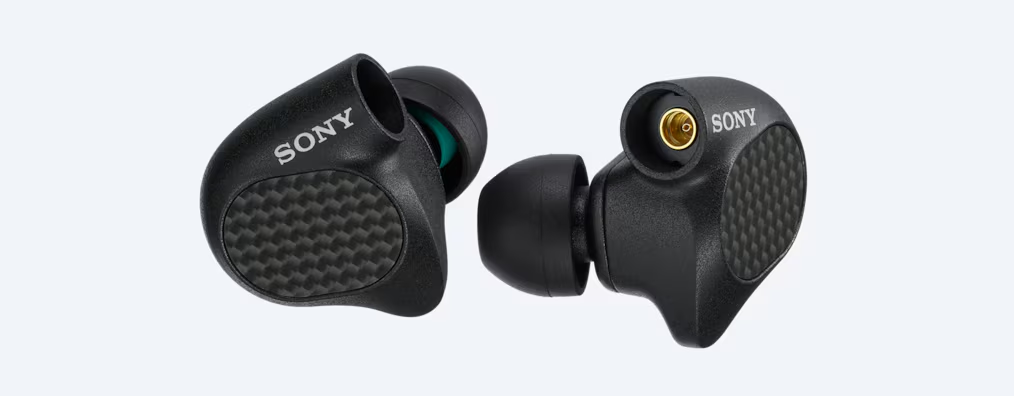
To provide a concise overview, the following table compares the Sony IER-M9 with some of its key competitors based on the research.
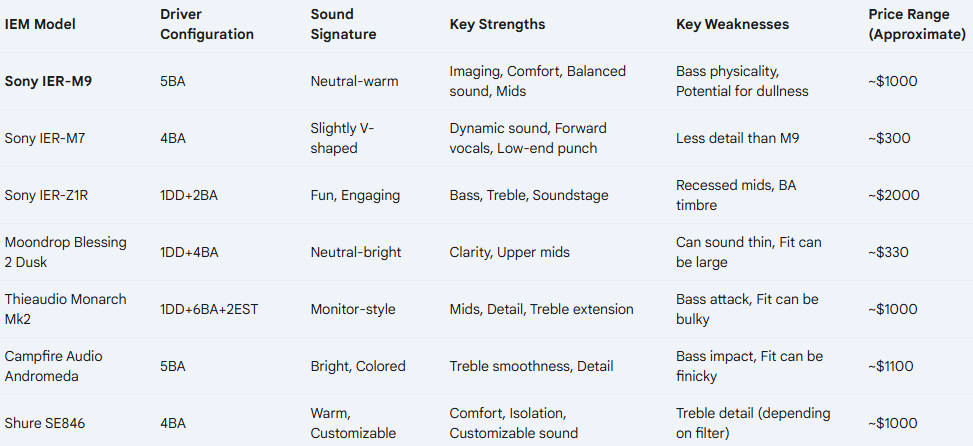
The Sony IER-M9 presents a compelling set of advantages. Its superb fit and comfort make it ideal for extended listening sessions. The excellent sound quality, characterized by clarity and detailed retrieval , is a significant draw. The wide soundstage and precise, often described as "holographic," imaging provide an immersive listening experience. For a balanced armature IEM, the bass is considered good, offering texture and impact . Its versatile tuning makes it suitable for a wide range of music genres . The high-quality build and the inclusion of comprehensive accessories further enhance its value . The good isolation and its ability to scale well with higher-quality audio sources are also notable benefits. Many users appreciate its coherent and natural sound presentation.
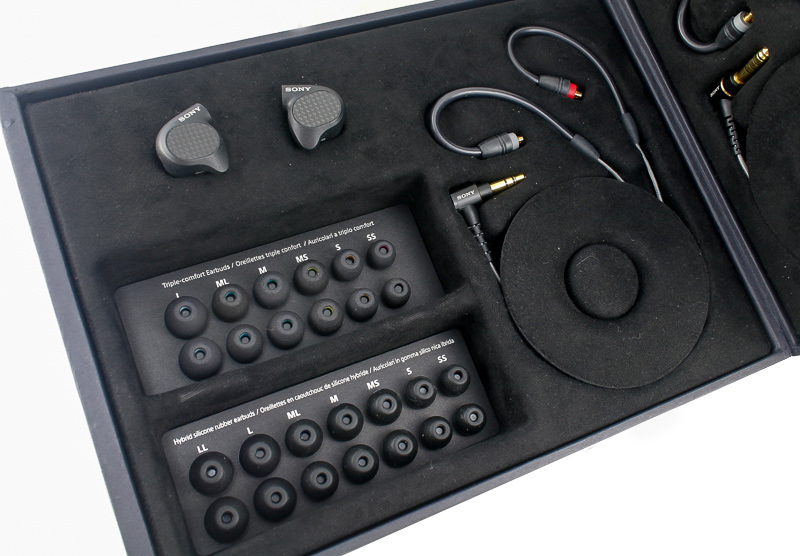
However, the IER-M9 also has some potential drawbacks. The bass, while good for a BA, might lack the physicality and deep rumble that some listeners prefer from dynamic driver IEMs . It can be somewhat demanding in terms of power, potentially benefiting from a dedicated headphone amplifier or high-quality digital audio player . Achieving the optimal sound quality and comfort often requires careful selection of ear tips and finding the right insertion depth . Some users might find its balanced tuning to be "boring" or dull, especially if they prefer a more V-shaped or highly dynamic sound signature . One user reported occasional minor upper-mid shrillness . The IEM might lack the dynamic punch and exhibit slower transients compared to some alternatives . The bass tuning can be perceived as too warm in the midbass region by some listeners . One user suggested that its resolution might not be the absolute best for its price point , and another noted the presence of macrodynamic compression.
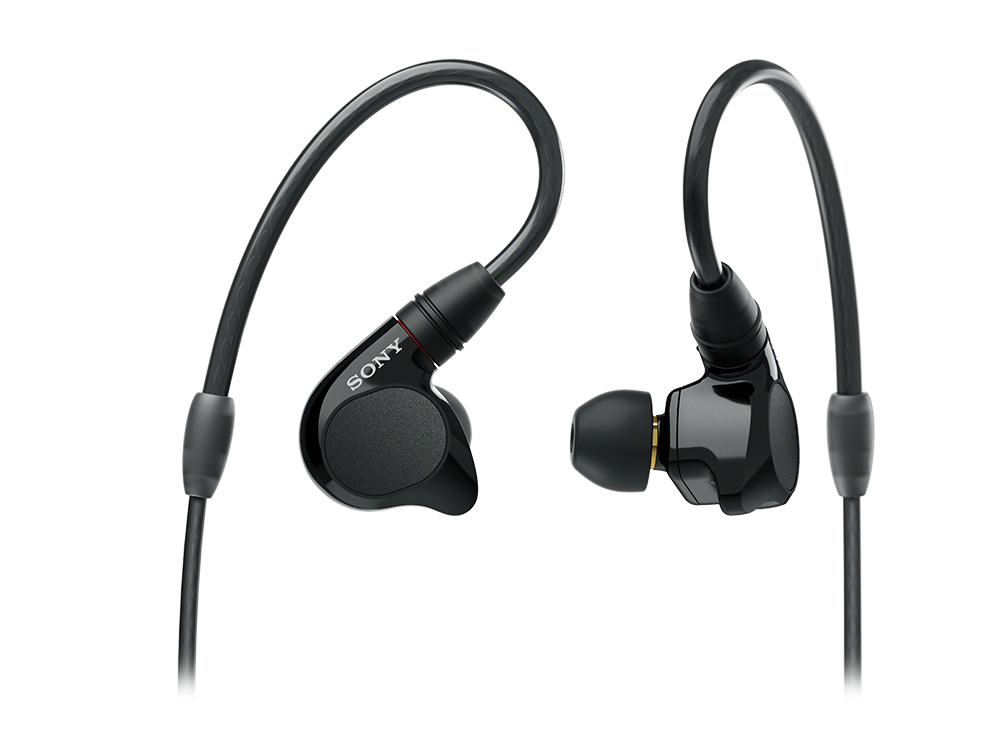
In conclusion, the Sony IER-M9 stands as a well-regarded IEM in the kilobuck price range, offering a compelling combination of comfort, detailed and balanced sound, and exceptional imaging capabilities. Its strengths lie in its comfortable fit, which is suitable for long listening sessions, and its ability to create a precise and immersive soundstage. The midrange performance is particularly noteworthy, making it a strong contender for vocal-centric music. However, listeners seeking the visceral impact of dynamic driver bass or a highly energetic and forward sound signature might find the IER-M9's presentation somewhat lacking. The need for careful tip selection and potentially a dedicated source to fully appreciate its sonic nuances are also factors to consider. Ultimately, the Sony IER-M9 is a strong recommendation for those who prioritize comfort, accurate imaging, and a balanced, natural sound signature, making it a versatile and highly capable IEM for a wide range of musical genres.



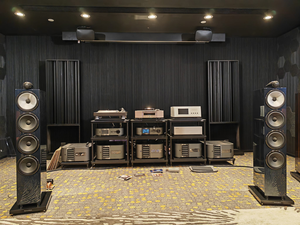
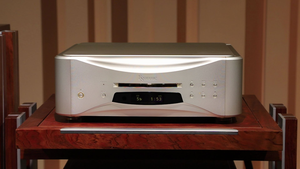
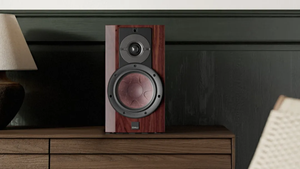
Comments